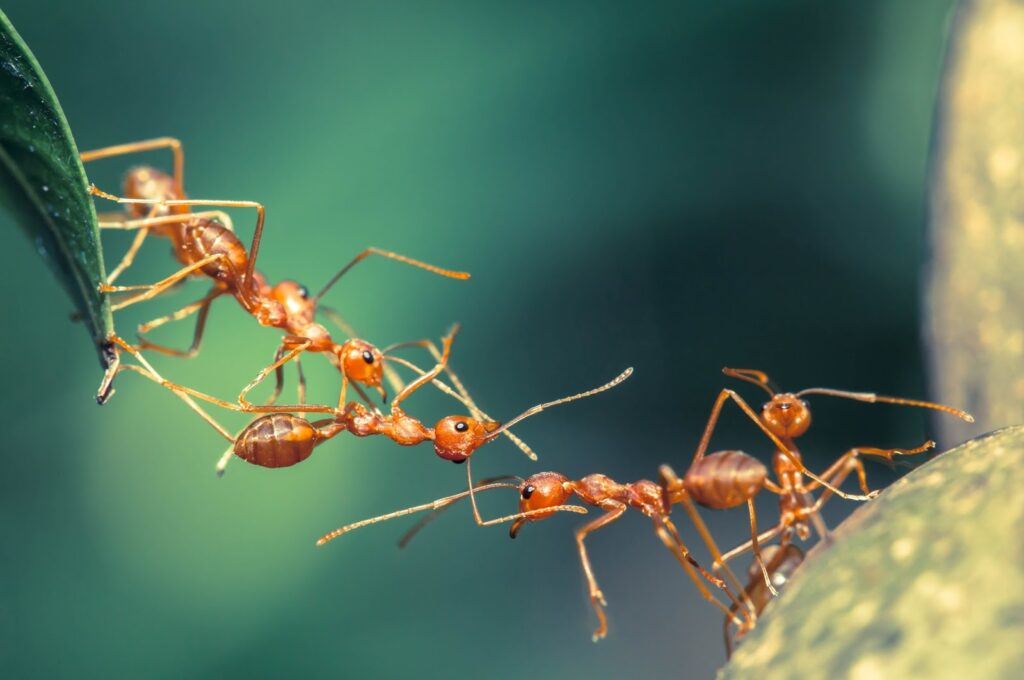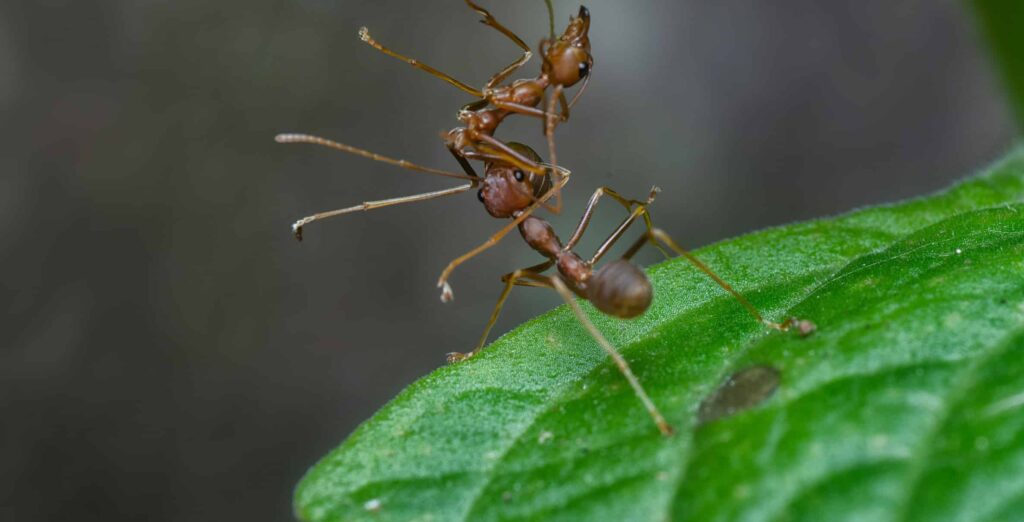Why do Ants carry bodies of other dead ants?
Have you ever wondered about those little ants you see around your backyard or park? Ants are very common. But did you know they can do something really incredible: they carry off their dead friends. This might sound strange but for the ants, it is a normal thing to do. “Why do ants carry dead ants?” Let’s find out with some scientific explanations that can help us understand more!
II. The Behavior of Ants
Ants are like tiny working machines. They live in a group called a colony. In this group, every ant has a job. They work hard and work together. But what about that weird thing they do? Why do they carry away their dead? Well, it is not a creepy thing they do for fun. No, it is actually something very smart. And we are going to learn all about it!
III. Why Do Ants Carry Their Dead Friends?
You might think it’s just a strange habit, but ants actually have good reasons for carrying their dead buddies away. One big reason is that they are trying to keep their home clean and safe. Imagine if you left trash around your bedroom all the time. It would be gross, right? For ants, carrying away dead friends is like taking out the trash. They want to make sure their home is free from germs and healthy for all the other ants.
Another reason is that the dead ant gives off a particular smell. This smell tells the other ants, “Hey, our buddy isn’t alive, we should take care of the body!” The ants can sense this smell and start the job of moving the dead ant far away from their nest. This way, they can make sure their home stays protected from bad stuff that might come with a dead ant.
IV. The Science Behind Ants Carrying Dead Ants
Now that we know why ants carry dead ants, let’s look at some of the science behind this behavior. Ants are very good at talking to each other by using smells called pheromones. These pheromones can tell ants what to do or where to go.
When an ant dies, its body starts to break down. As it breaks down, it releases a particular smell called oleic acid. This smell, or pheromone, is a signal to the other ants that the dead ant needs to be taken away. The ants will then work together and move the dead ant away from their nest to keep their home clean and safe.
Simply put, ants carry their dead friends to ensure their colony remains healthy and strong.
V. Delving into Necrophoresis and Middens
So, we’ve talked about ants carrying their dead buddies away, but there are special terms for this behaviour that scientists use. One of them is “necrophoresis“. It might sound like a big, fancy word, but it’s just a term that E.O. Wilson (a famous ant researcher) and his team came up with in 19581.
This word means the act of moving the dead bodies of colony members away from the nest. It’s a hygienic behavior seen in lots of social insects, including bees, wasps, and termites, as well as ants.
But where do ants carry their dead friends to?
That’s where the term “middens” comes into play. A midden is like a dumpster or a cemetery for ants. The ants will carry their deceased friends to this midden, keeping their nest clean and free from unpleasant smells.
So, next time you see a line of ants carrying a dead ant away, you’ll know they’re doing necrophoresis, possibly towards a midden.
VI. Other Interesting Facts About Ants
Ants are truly amazing creatures with many fascinating characteristics. Here are a few more interesting facts about ant behavior:
1. Division of labor: Ant colonies demonstrate a complex division of labor, where each ant has a specific role, such as workers, soldiers, or queens1.
2. Super Strength: Ants can carry objects 50 times their own body weight in their jaws. Their muscles are thicker relative to their size, enabling them to produce more force and carry larger objects.
3. Number of species: There are more than 15,700 named species and subspecies of ants, and many others not yet named by science. With an estimated total of 22,000 species have been classified.
4. Ant super colonies: Some ants, like the Argentine ant, can form enormous super colonies spanning thousands of miles, housing billions of individual ants.
5. Ant bridges: Some species of ants, such as army ants, can build bridges using their own bodies to span gaps and help other ants across.

6. Population: There are over 20 quadrillion ants on Earth – that’s 2.5 million ants for every human.
7. Female Dominance: Most ants you see are female. Ants have a caste system, with responsibilities divided among the queen (who lays eggs), soldiers and worker ants, which are all female.
We hope that learning about these intricate survival strategies has helped you appreciate the remarkable world of ants. Their ability to work together, maintain cleanliness, and ensure the continued well-being of their colony is a true testament to the wonders of the natural world.


